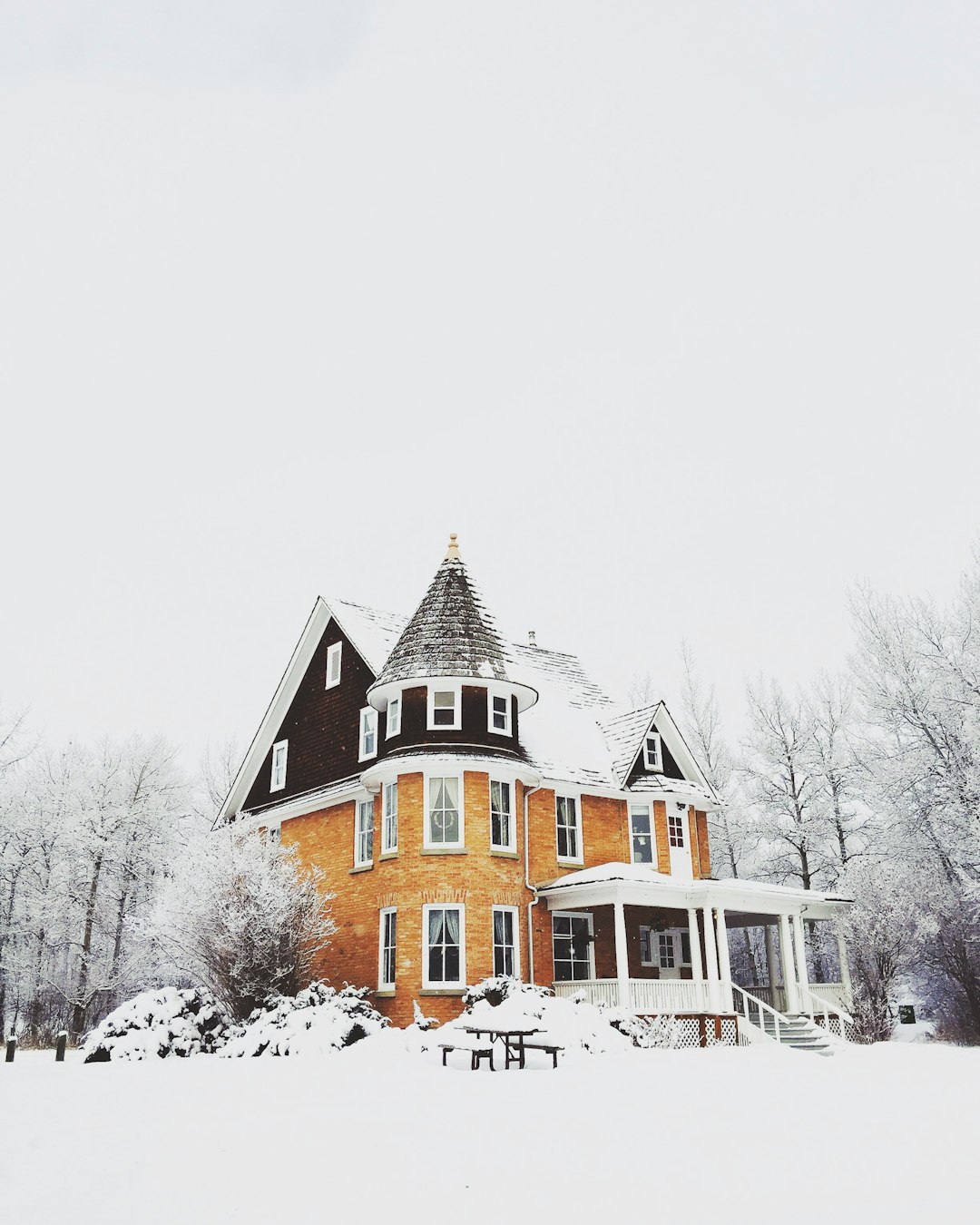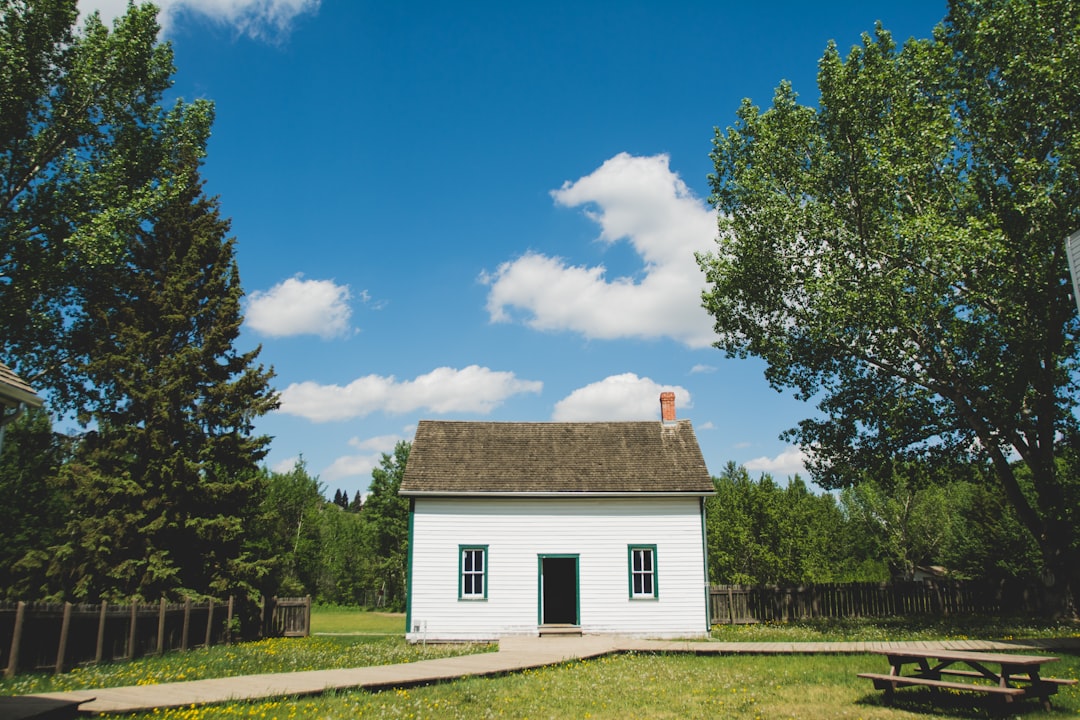The preservation of heritage and historical homes is a meticulous process that demands adherence to original construction techniques and materials to maintain their architectural character and historical significance. Restoration professionals must balance respect for the past with compliance with current building standards, employing traditional craftsmanship and conservative restoration techniques within legal frameworks designed to protect these irreplaceable artifacts. The National Register of Historic Places provides legal stewardship, offering protections against unauthorized alterations or demolition. Heritage homes are increasingly being restored with sustainable materials and methods, aligning conservation efforts with eco-friendly practices while preserving their historical charm. Innovations like rainwater harvesting and solar panels are being integrated to enhance energy efficiency without compromising the homes' historic character. This approach not only extends the life of these treasured structures but also ensures they serve as enduring chronicles of history, offering a window into the past while contributing to a sustainable future. The dedication of preservationists to restoring the integrity of these buildings is crucial for maintaining their architectural significance and cultural legacy, ensuring they remain standing and story-filled for generations to come. Heritage homes, therefore, stand as a testament to our architectural legacy and craftsmanship, offering a tangible connection to history and a commitment to sustainability.
Heritage homes stand as testaments to history and architectural evolution. This article delves into the meticulous process of restoring these gems, highlighting their significance in preserving cultural heritage. We explore the unique challenges faced during restoration, navigate the legal protections that safeguard them, and examine sustainable practices that honor both the structure and its legacy. Additionally, we spotlight the mastery of craftsmanship required to authentically maintain their architectural integrity. Join us as we shed light on the journey to breathe new life into these historical treasures while ensuring they remain a vibrant part of our shared past.
- Assessing the Needs of Heritage Homes: Understanding the Challenges and Importance of Restoration
- Navigating the Legal Framework for Preserving Historical Homes: Guidelines and Regulations
- Sustainable Materials and Techniques in Heritage Home Restoration
- The Art of Craftsmanship: Skilled Labor and Expertise in Preserving Architectural Significance
Assessing the Needs of Heritage Homes: Understanding the Challenges and Importance of Restoration

Heritage homes, with their unique architectural styles and historical significance, present a set of challenges distinct from contemporary properties. The restoration process for such homes necessitates a deep understanding of their original construction methods, materials, and design elements. These structures often hold stories that are intrinsic to their fabric, and any intervention must be approached with a blend of sensitivity and expertise. Professionals engaged in the restoration of heritage homes must assess the specific needs of these dwellings, which can range from addressing structural integrity to maintaining authentic aesthetic features. This requires not only adherence to modern building codes but also a commitment to preserving the home’s historical context. The importance of this work cannot be overstated; it involves safeguarding irreplaceable pieces of history while ensuring these homes remain habitable and relevant in the present. The process is a delicate balance between conservation and adaptation, ensuring that heritage homes continue to stand as testaments to their respective eras for generations to come. Preservationists must work diligently to source appropriate materials, employ traditional craftsmanship, and apply conservative repair techniques, all while navigating the intricate legal frameworks governing such restorations. This dedication to maintaining the integrity of heritage homes is crucial for the continued appreciation of our architectural heritage and the stories these homes tell.
Navigating the Legal Framework for Preserving Historical Homes: Guidelines and Regulations

When embarking on the restoration of heritage homes, it is imperative to understand the legal framework that governs such endeavors. This involves a comprehensive examination of local, state, and federal guidelines and regulations designed to preserve the architectural integrity and historical significance of these structures. The National Register of Historic Places provides a framework for identifying, evaluating, and protecting America’s historic and archeological resources, which includes heritage homes. Once listed on the register, these homes benefit from certain legal protections that restrict alterations or demolition without approval.
Owners must engage with historical preservation offices to navigate the necessary permits and adhere to standards that dictate appropriate restoration practices. These guidelines often emphasize the use of historically accurate materials and construction methods to ensure that the character-defining features of the home are maintained. The Secretary of the Interior’s Standards for Rehabilitation offer a set of principles designed to guide the treatment of historic properties, ensuring that interventions are as reversible as possible and reflect the home’s historical context. By adhering to these standards, restoration projects can contribute to the preservation of our nation’s architectural heritage, ensuring that these homes continue to stand as tangible connections to our past for future generations.
Sustainable Materials and Techniques in Heritage Home Restoration

In the realm of heritage home restoration, the integration of sustainable materials and techniques is paramount to preserve both the architectural integrity and historical significance of these structures. The selection of sustainable materials involves careful consideration of materials that are not only environmentally friendly but also compatible with the original construction methods and aesthetics. These materials often include locally sourced timber, recycled bricks, and eco-conscious insulation, which align with the green ethos while honoring the home’s legacy. The application of traditional techniques, such as lime plaster and natural paints, not only retains the authenticity of the heritage home but also reduces the carbon footprint associated with modern building practices.
Moreover, contemporary restoration projects often incorporate innovative techniques that respect the historical context. These may include rainwater harvesting systems, solar panel installations, and improved insulation to enhance energy efficiency without compromising the home’s original design. The use of green roofs, which provide natural insulation and absorb rainwater, is another sustainable feature that can be seamlessly integrated into heritage homes. By blending historical charm with modern sustainability, these restoration efforts not only ensure the longevity of the homes but also contribute to a more sustainable future, making them both living history and a testament to eco-conscious development within the field of historic preservation.
The Art of Craftsmanship: Skilled Labor and Expertise in Preserving Architectural Significance

Restoring heritage homes requires a deep appreciation for and understanding of the craftsmanship that went into their original construction. These structures are more than just buildings; they are tangible vestiges of history, each with its own story to tell. Skilled artisans, with expertise honed over generations, employ traditional techniques and materials to ensure the integrity of these historical homes is preserved. Their work involves meticulous attention to detail, ensuring that every window, door, and decorative element is restored to match its original state. This commitment to authenticity not only maintains the architectural significance of the home but also allows future generations to experience the craftsmanship that defined a bygone era. In the realm of preservation, these professionals are guardians of our collective heritage, safeguarding not just the physical structures but also the historical narratives embedded within them. Their dedication is pivotal in the ongoing effort to maintain the architectural character and cultural legacy represented by these iconic homes.
heritage homes play a pivotal role in chronicling the architectural evolution of our societies. The restoration of these treasures is not merely a preservation effort but a commitment to safeguarding history for future generations. This article has delineated the multifaceted approach required, from understanding the unique challenges and legal frameworks governing heritage homes to the adoption of sustainable materials and techniques that honor both their historical integrity and environmental responsibilities. The artisan’s touch, characterized by meticulous craftsmanship, is indispensable in this endeavor, ensuring these structures remain as tangible narratives of our past. As we move forward, it is imperative to prioritize the maintenance and restoration of historical homes, aligning with global sustainable practices while celebrating our collective cultural heritage.
